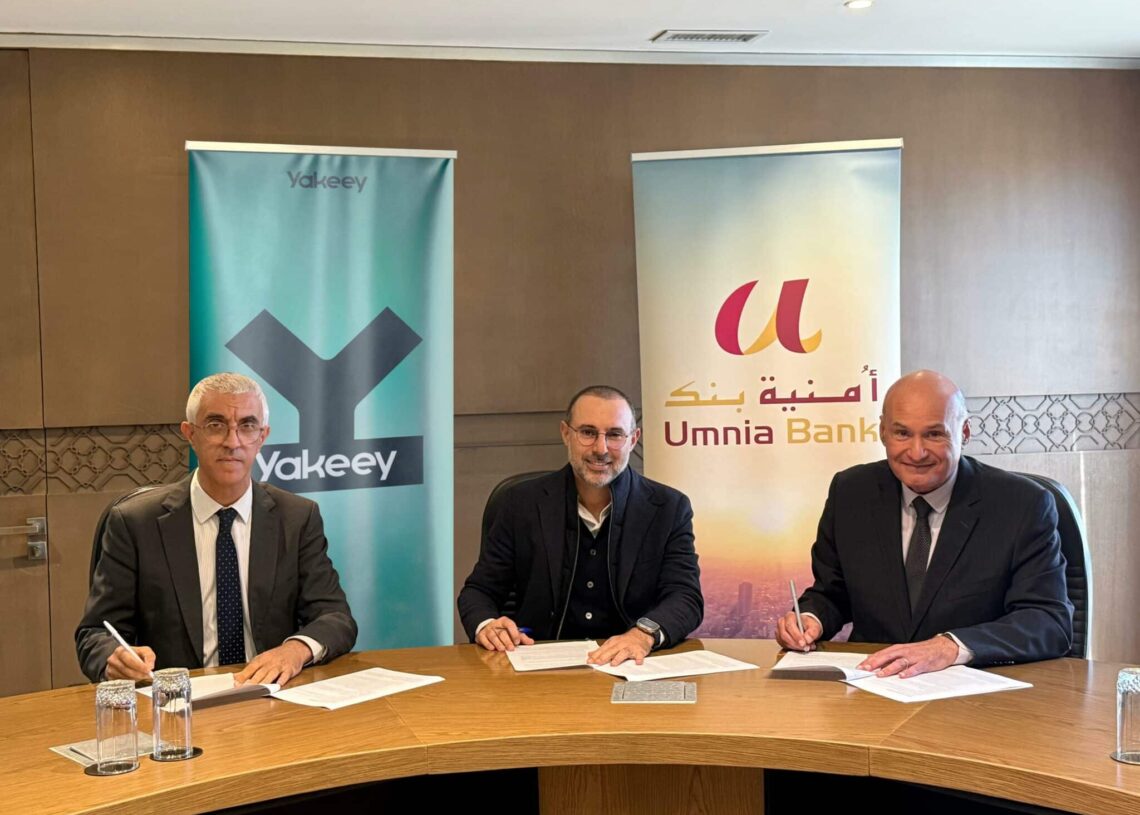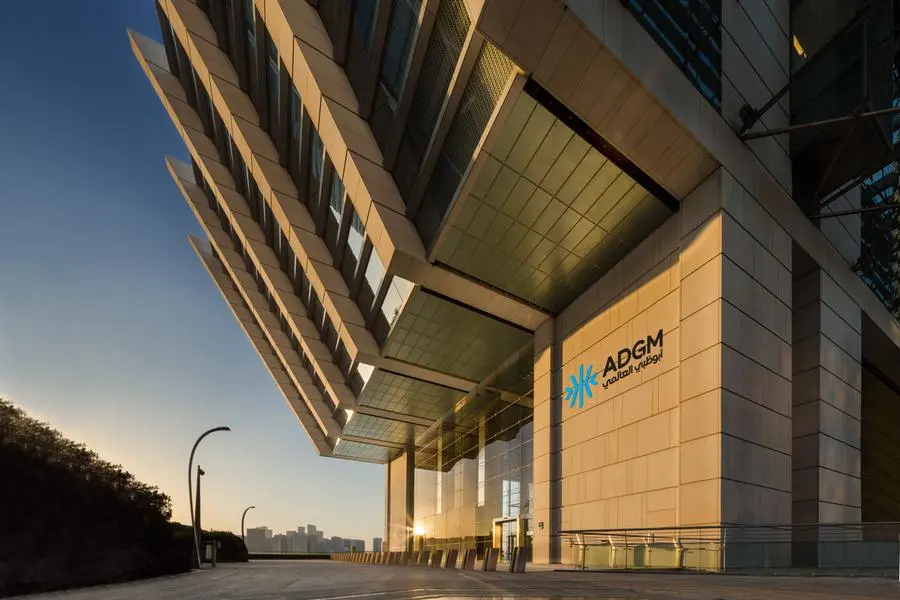The monumental task of rebuilding war-torn countries across the Middle East and North Africa presents a staggering $1.5 trillion opportunity that could redefine the region’s economic landscape. According to esteemed economist and former Lebanese minister Nasser Saidi, this reconstruction effort, spanning nations like Gaza, Syria, Yemen, and Iraq, is not just a necessity but a chance to build a “new Middle East.”
A Trillion-Dollar Vision for a New Middle East
Nasser Saidi estimates the total cost of reconstruction to be around $1.5 trillion, a figure that underscores the immense scale of the challenge and the potential for transformative growth. He advocates for a multifaceted funding approach combining international aid, strategic debt relief, and significant private capital investment. This financial influx would not only rebuild critical infrastructure but also focus on redeveloping entire economies that have been decimated by years of conflict. Saidi expressed his optimism, stating, “if we put this on the policy agenda, then what you have is potentially a new Middle East emerging that is very promising.”
The IMF’s Case for Post-Conflict Investment
This vision is strongly supported by analysis from the International Monetary Fund (IMF), which highlights the outsized returns on post-war investment. According to the IMF, every additional percentage point of a country’s GDP spent on housing, health, or social protection after a conflict boosts its recovery chances by 119 percent, 42 percent, and 15 percent, respectively. Dr. Jihad Azour, the IMF’s Director for the Middle East and Central Asia, emphasized the importance of stability, noting, “Our analysis shows that reducing macroeconomic volatility during the first five years of peace significantly increases the likelihood of a positive outcome.” The IMF also found that sovereign debt restructuring within five years of a conflict made a successful recovery over 50 percent more likely.
Syria Signals Readiness for Investment
Putting this theory into practice, Syria has recently launched a global initiative to attract investors for its reconstruction and development after 13 years of conflict. Mohammed Alchaar, Syria’s economy minister, reported significant interest from “many” investors, with Gulf-based capital showing the most enthusiasm. This renewed focus comes as over 2 million refugees have returned to Syria this year, amplifying the demand for new infrastructure and restored government services. Dr. Azour pointed out that rebuilding institutions, such as the ministry of finance and national statistics systems, is a critical first step for the nation.
Regional Growth Amid Geopolitical Risks
The IMF has upgraded its economic forecast for the Middle East and Central Asia, projecting regional growth to accelerate from 2.6 percent last year to 3.5 percent this year and 3.8 percent in 2026. This positive outlook is driven by rising oil production and a gradual recovery from global economic pressures. However, Dr. Azour cautioned that this growth comes with “significant risks.” Potential challenges include slower global demand, tighter financial conditions impacting countries with high financing needs, persistent inflation raising borrowing costs, and elevated geopolitical tensions that continue to loom over the region.
About the International Monetary Fund
The International Monetary Fund (IMF) is a global organization of 190 countries working to foster global monetary cooperation, secure financial stability, facilitate international trade, promote high employment and sustainable economic growth, and reduce poverty around the world. The organization provides policy advice and financing to its members in economic crisis and works with developing nations to help them achieve macroeconomic stability and reduce poverty.
Source: AGBI














